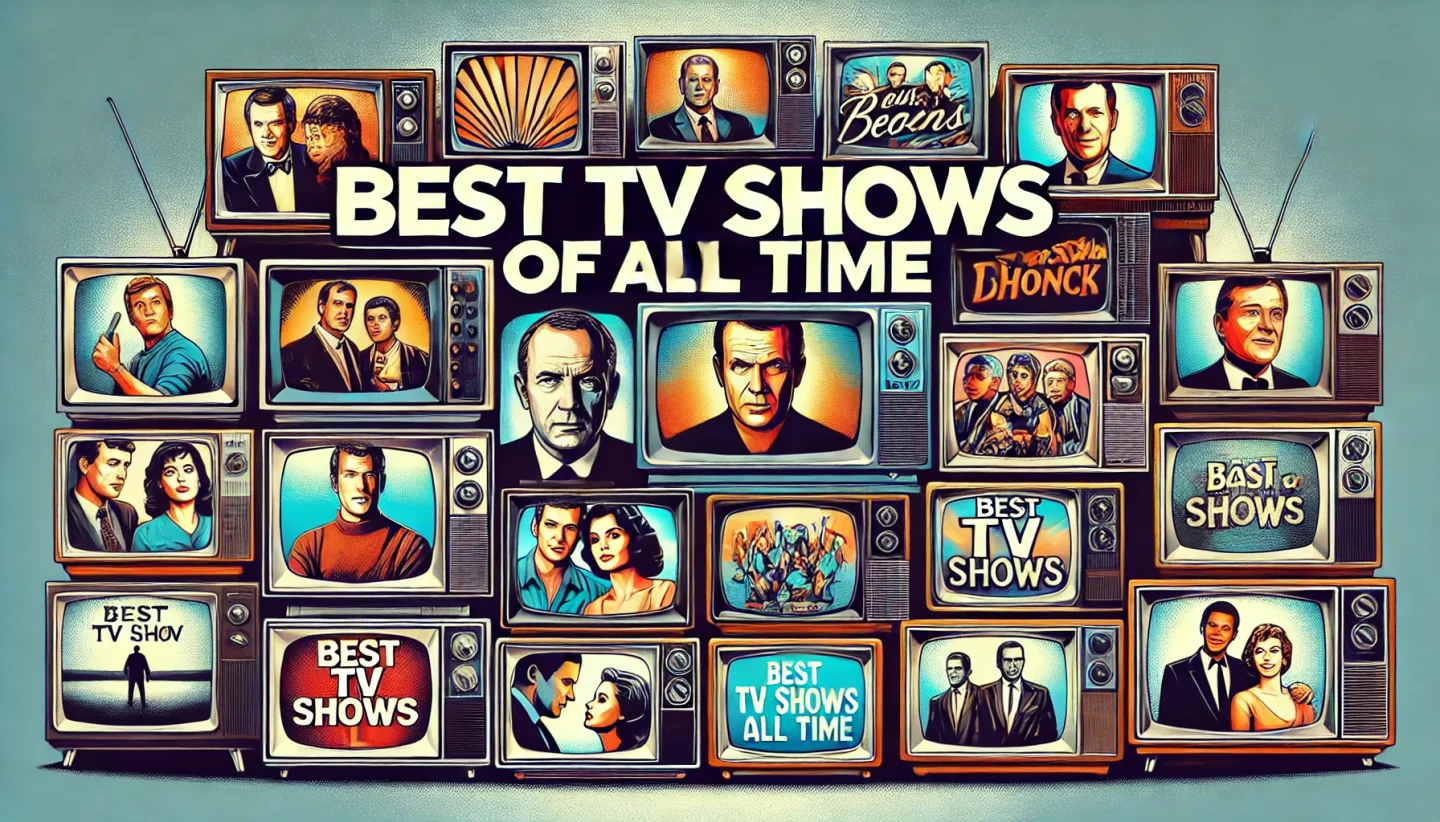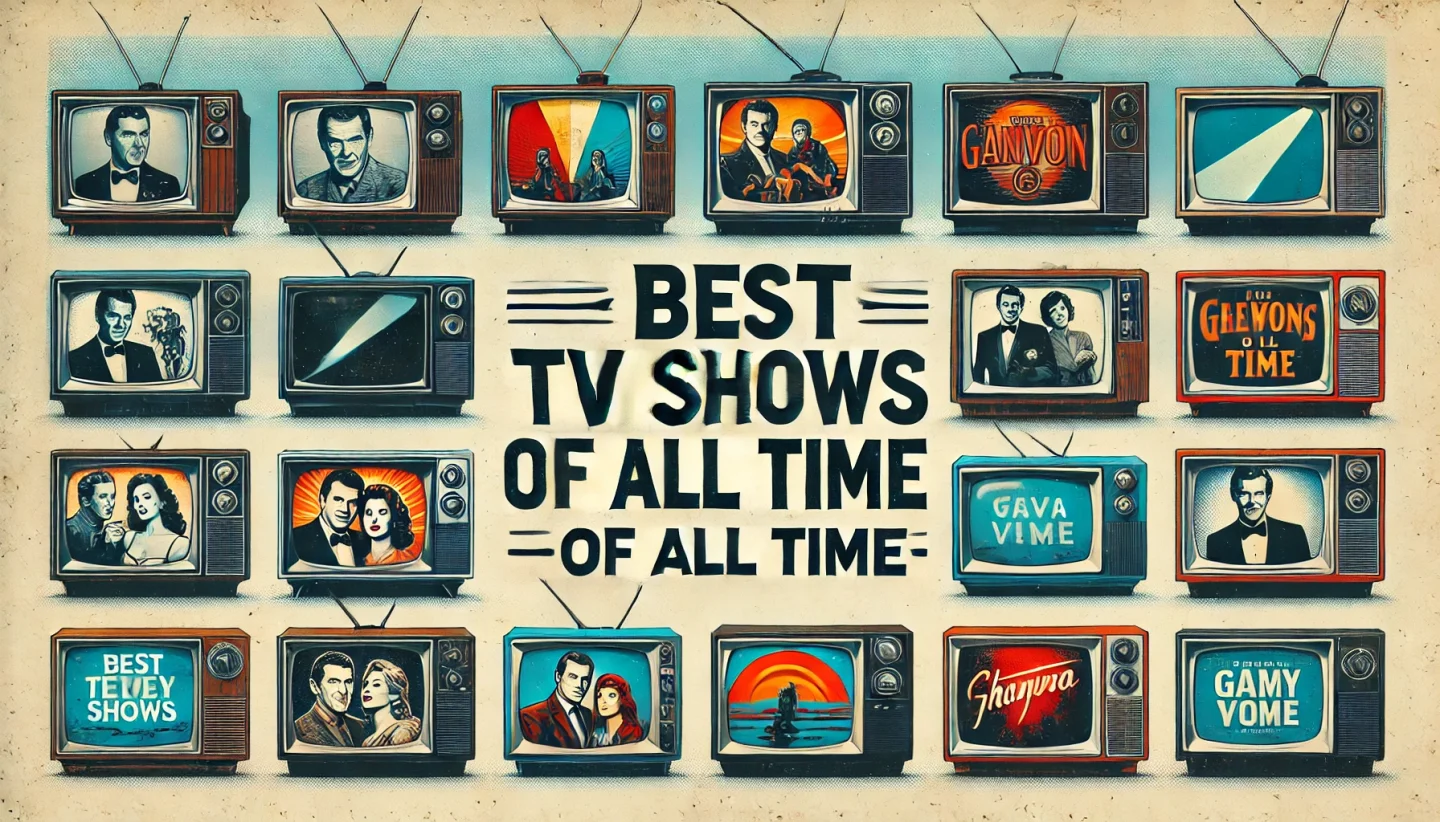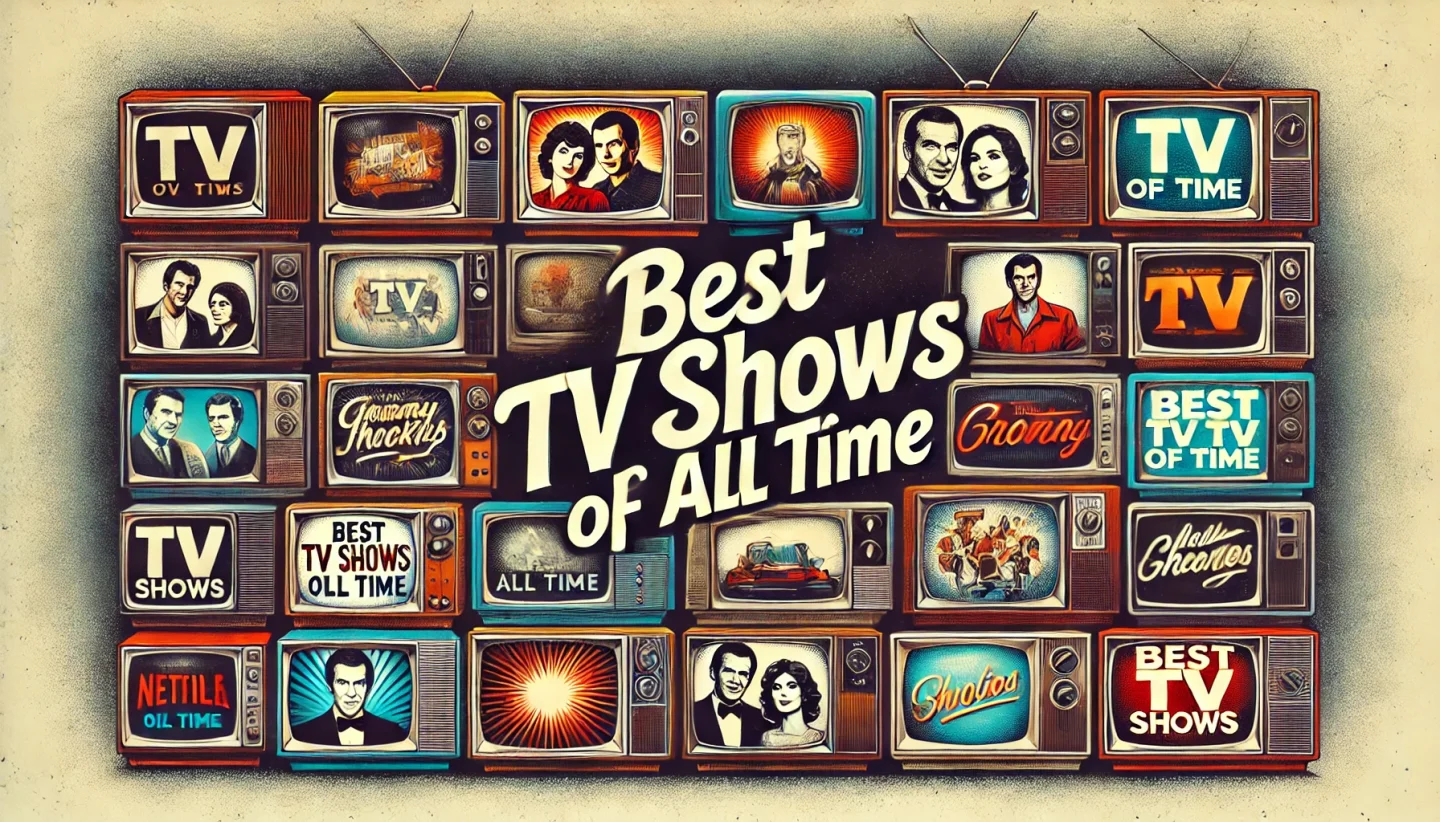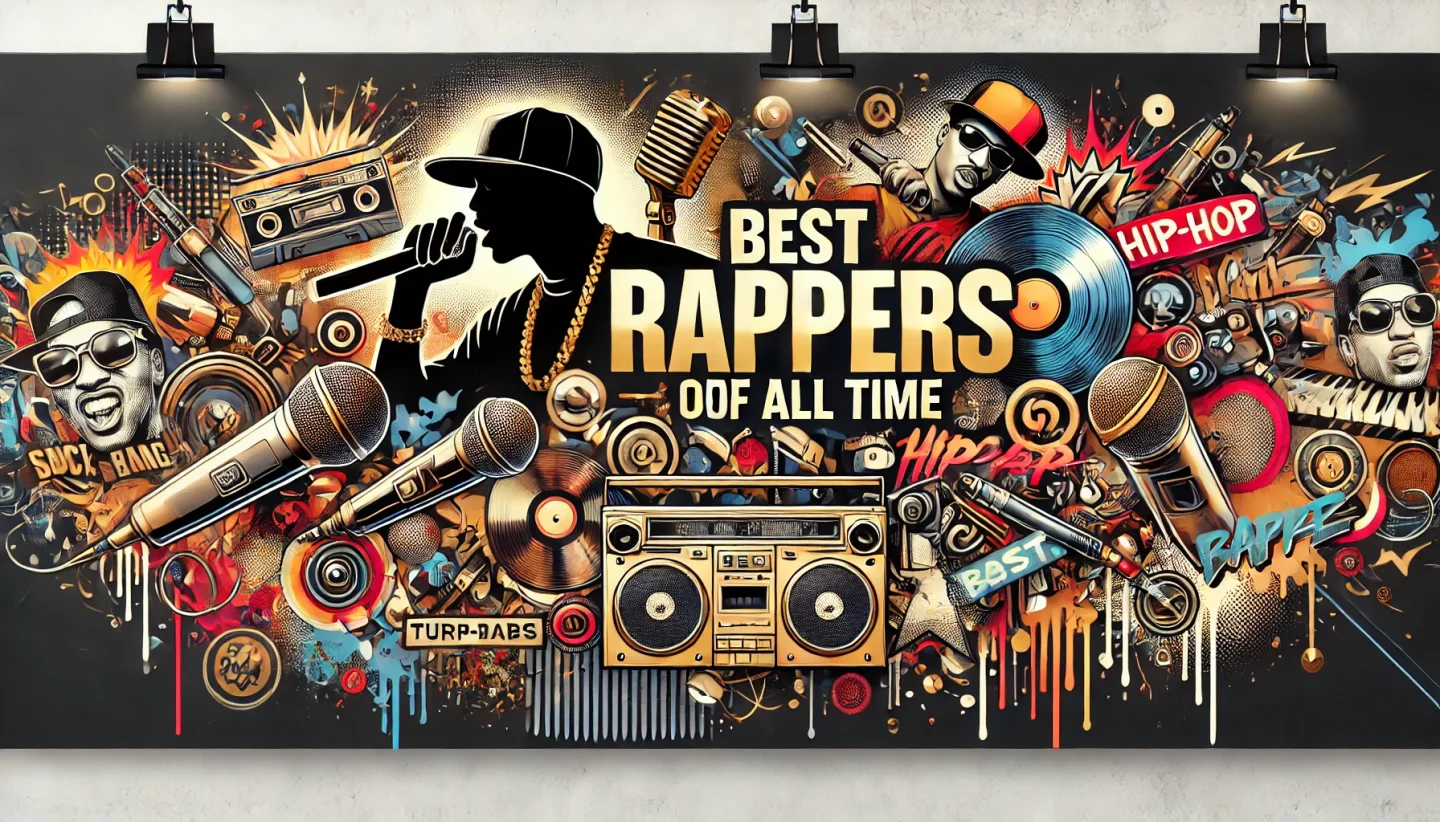Television has evolved into one of the most influential forms of storytelling, bringing unforgettable characters, gripping plots, and cultural phenomena to life. The best TV shows of all time are those that leave an indelible mark on audiences, transcending generations and genres. Classics like The Sopranos and Breaking Bad set new standards for complex storytelling and character development, while shows like Friends and The Office captured the humor and heart of everyday life, earning timeless appeal. These masterpieces not only entertained but also shaped pop culture, proving that television can be as profound and impactful as any other art form.
From historical dramas like Game of Thrones and The Crown to modern-day sensations like Stranger Things and The Mandalorian, the diversity of great TV shows is astounding. They range from the deeply emotional and thought-provoking to light-hearted escapism, offering something for everyone. The best series often stand out due to their innovative writing, outstanding performances, and the ability to create a connection with viewers. Whether they address real-world issues or transport us to fantastical realms, these shows remain etched in the collective memory of audiences worldwide.
1. Introduction to the Study of TV Shows
The study of television shows is a relevant issue, considering the increasing importance of this medium in the social and cultural reality. Since its creation, television has been playing a crucial role, reflecting the main worries and values of society, sustaining a mirror of the subtleties, aberrations, and changes of the world. This is widely proved by the recent interest from the most prestigious publishing houses and journals, which today have some kind of column, flow, or more devoted space to the phenomenon of television, trying to provide further understanding about what is acceptable and what is not, the latest news, and above all to gather the needs and emotions of the audience in front of the screens. Literature provides a wide range of approaches concerning television studies, including, for instance, television series and television shows. Television series can be understood as a single, finite, ‘episode’ of a programme, placed in a chronological series, in which, as a normal rule, identical themes and characters recur and which, as a rule, has one predominantly unified plot. In this way, a television show is a television production, whether a single programme, a magazine, or a serial, presented as a public exhibition.

In abstract, a television show can be viewed in a plurality of formats and genres, and the content produced sways between fiction and real life, between trivial shows and more refined and elitist content. Furthermore, it is well known that while a good number of researchers sustain that the audience and their reception is the point to start to evaluate a television programme (when taking into account that television is a mass communication medium and therefore has to speak to as vast an audience as possible), it seems also clear that the power and delight of television executives, television networks, and stars represent one of the main joints in the quality of a television show. Today, the academic range is confronting and studying more and more the overall issue of television shows, crossing more subjects and dealing with different languages from economics to history, from sociology to the semiotic approach, from business to aesthetics. This paper has nothing of an extensive survey about the issue considered, but aims to reconsider the quality of a less expensive television show, considering primarily the Italian programme range, without leaving unconsidered the international landscape.
2. Criteria for Evaluating TV Shows
Assessing the greatest TV shows of all time requires establishing criteria for evaluation. The script and story tangents are among the first aspects evaluated when critiquing a show. Similarly, audiences are prone to describing favorite shows in terms of the storylines the series has developed. Audience commentary on a show’s storyline is also useful for understanding how the production has impacted entertainment culture and the modern-day view of the TV shows’ themes. The development of characters within a TV show can also be an assessment of storyline, as they reflect how characters are integrated into an engaging storyline. Past characters can add new dimensions to a TV show as well, disrupting what was established and adding new features to characters which effectively rejuvenate a show.

Production design is important in a so-called “golden age of TV” because of the new, top-quadrant production resources. How the set is dressed, how it is edited, how the performances are directed – all these have been made far more visible by digital TV as it extrapolates from filmic frames; appreciated by an audience whose expectations of the cinematic maintain a template based for decades on spectacle. Before digital technology created a new era of image-making, a large portion of TV details could not in fact be seen by many viewers – because, in both analogue television and working-class households, they didn’t have the luxury of an enormous, high-definition flat screen three paces from the couch. Cultural and influential impact is a frontier many use to ascertain an aspect of “good” television: its ability to produce a show viewers of all stripes and ages can enjoy and come to engage with over time. It’s not as quantifiable and less easily sung to the heavens as verifiable critical acclaim or viewership numbers, but viewers evaluate how worthwhile a show is by looking to this barometer that rests somewhere between critical and utilitarian. Measurements are muddied by nostalgia, as one commentator pointed out. Pan-generational appreciation is only halfway based on the “timeless” criteria that dictates that a series is worth watching at any point before its expiration. Cultural impact here is an assessment based on user scores. It’s only marginally less subjective and unreliable than the shows themselves, but it is an abstract point of fact in laying out my criteria.
3. Historical Perspective on TV Shows
One of the most interesting changes that has developed over the last 70 years is that television is now considered a possible art form. When Ernie Kovacs, Lucille Ball, and Jackie Gleason debuted in the early 1950s, not one person would have considered their comedy writing or performance "art," yet a significant portion of new show debuts in 2021 could be categorized as such. As a society, it appears many of us consider television every bit as important, thoughtful, and moving as a novel or painting. This is quite a shift. In the late 1940s and early 1950s, the creation of a new television broadcast, simply "for radio with pictures," would be akin to a podcast being released today. Radio was king, and pulling production money or acting resources away from a popular radio show was foolish, if not dangerous. In fact, Eddie Cantor took a two-listen, 15-minute per week format called "The Eddie Cantor Show" and condensed its 24 episodes into one three-camera television show on the Dumont network in spring 1940. The show flopped; the service's hardware was only in a couple of midwestern television retailers, no one heard of Cantor, and the cost of the TV set kept the broadcast out of the mainstream. The first color TV broadcast was not until 1954.
Television shows of the 1950s would literally vanish when and if they chose to come off the air. Long before VHS and digital storage, external hard drives and connected clouds, TV was ephemeral. You saw it, or you missed it. And if you missed it, you had to wait until the network chose to re-run the show. If you were overseas on active duty? Well, you and your family might be forever out of luck. Shows from 1939 to 1957 existed in physical form, on motion picture film, at a rate of 30 picture frames per second. The loss of nearly a decade of television is not trivial: it was an art of a modern, post-World War II world, reacting to a financial depression, social upheaval, and radical shifts in racial or gender caste expectations, complications, and upheavals. Even so, as a new day dawned in the 1960s and thereafter, technology had moved on. Television shows were recorded, and "instant replay" was common, if not in fact the norm. In the late 1970s, people were still talking about the last VHS in their house, either "someday, system costs will come down and I will record broadcast television," or for film song cues.
4. Case Studies of Top TV Shows
I provide a number of case studies to illustrate the heights that television storytelling can achieve. The case studies fall into a range of genres, offering diverse variations on storytelling techniques. Across the case studies, I consider matters of character development, plot construction, and thematic depth. Finally, I consider how critically and popularly appreciated each show is, and what awards and acclaim it has received. Ultimately, however, these studies aim to give a sense of narrative innovation and creativity across the scope of television. My case studies, though at times analytical, aim to capture the excitement and newfound creativity of innovative storytelling. Though tones and circumstances can differ radically from show to show, the best television series have made embracing that complexity—though often, that radical change—a promise to their audiences. In every case, I have chosen programs I believe represent something new in their genre or structure. I examine the ways critics talk about the shows, and frequently the series’ acceptance on the awards circuit. Ultimately, though, these are case studies of what I believe the best of television storytelling can achieve. As such, the television programs discussed have not simply turned in a stellar turn or a surprising year, but redrew the limits of what a television narrative can look like. It is essential to note, however, that these case studies do not represent conclusively the fullness of television’s capabilities. I have worked to balance case studies that cover a range of genres, forms, thematic content, and air dates against integration for the case studies beyond one selection from each of the fields I set forth.
5. Impact and Influence of TV Shows on Popular Culture
Television shapes popular culture: this is one truism of our media environment. When a TV show becomes a cultural touchstone, it not only shapes binge sessions, but it also moves into the zeitgeist, ripples outward into countless discussions. Sadly, not all TV shows get the same level of mass discussion. Not every show is a cultural phenomenon, which even has demographers lamenting after the conclusion of its third season. Do we find television shows influencing politics, fashion, and general conversations? Yes. Unquestionably. It brings us iconic quotes and a whole new vernacular. This text itself used a term that science is trying to make less cultural — talking about our "prime time" of life.
Some TV shows influence political campaigns and cultural changes; there was a petition leading to a benign resolution (at the same time that show was banned in certain regions due to violence). Maybe, most significantly, TV reflects "the way we were and are". In looking at the list of the best television shows of all time, or the most culturally influential television shows, the public is rejecting only shows such as Friends, The Office, and The Sopranos. TV also reflects social movements: a certain show has been lauded as a show about friendship and humanity; gun violence is sporadically the butt of jokes, and viewers see the older white man's racism as obsolescence. The TV audiences have adapted since the end of a certain medical drama and, instead of being medical junkies, viewers are sometimes locked into scripted reality on screen. In addition, we remember the golden days of the 1970s. TV hosts again are the sort of discussion hosts the networks need on social media. So, do television shows still reflect and shape our culture? This is why, like the shows we love or hate, they are just as good as the best TV shows today, and it's not just a top ten on this sort of list that's always subjective and reciprocated in public affection.








